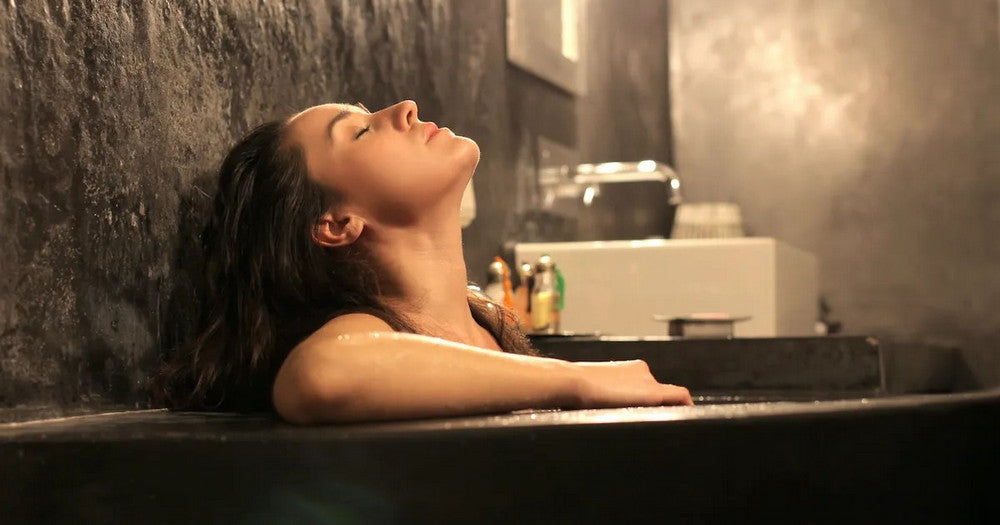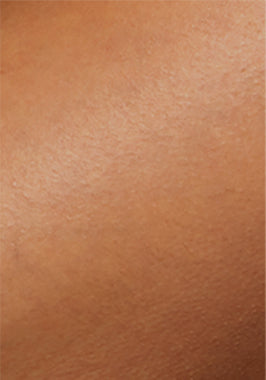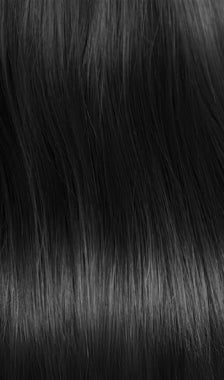Razor bumps – small but powerful in their ability to make our lives difficult. They often appear after shaving, when cut hairs do not grow outwards, but bend under the skin and grow in.
Whether for everyday care or special occasions, shaving is an integral part of many beauty routines. But what if instead of silky smooth skin, all that's left is redness, itching and the dreaded razor bumps? Don't worry, there's hope! In this article, we'll tell you how to effectively fight razor bumps and what you can do to prevent them from occurring in the first place.
The result: inflammation, which manifests itself as unpleasant, pimple-like bumps. But that's not all. In addition to ingrown hairs, small injuries to the skin during shaving can also open the door to bacteria and thus lead to inflammation.

- Part 1: What are razor bumps anyway?
- Part 2: What to do about these annoying companions?
- Part 3: Choosing the right shaving accessories
- Part 4: Shaving techniques to avoid razor bumps
- Part 5: Aftercare and care of shaved skin
- Part 6: Treating razor bumps
- Part 7: Long-term prevention of razor bumps
- Part 8: Summary
What are razor bumps anyway?
Razor bumps, also known as pseudofolliculitis barbae, are small, inflammatory skin reactions that can occur after shaving. They often appear as red, itchy spots or even small pustules.
The main causes of razor bumps are ingrown hairs and skin irritation. Cutting the hair at an angle can cause it to grow under the skin and cause inflammation. In addition, the friction of the razor can irritate the skin.

What can you do about these annoying companions?
The key to smooth, spot-free skin is not only choosing the right razor, but also technique and preparation. Whether you have a brand new multi-blade razor, use disposable razors or go for the traditional wet shave with a safety razor - each tool has its own application method and special features.
The technique is just as important as the tool: the way you use the razor has a significant impact on the result of your shave and the well-being of your skin. Wet shave fans should never go without high-quality shaving foam, soap or gel to protect the skin and prevent razor bumps.

Here's how to prepare for a shave to avoid razor bumps:
- Cleanse skin
The first step to good preparation is cleansing the skin. Use a mild, skin-friendly cleanser to remove dirt, oil and dead skin cells. Clean skin allows the razor to glide smoothly across the surface without causing unnecessary friction. Cleansing also helps open the pores and prepares the skin and hair for the upcoming shave.
- Use of warm water
After cleansing, it is advisable to treat the skin with warm water. Warm water helps to open the pores further and soften the hair follicles. This is especially important because softer hairs can be cut more easily and with less resistance. A shower or warm bath before shaving is ideal, but if that is not possible, a warm, damp towel can also be placed on the area to be shaved for a few minutes.
- peeling
A gentle exfoliation before shaving can work wonders. It removes dead skin cells and helps prevent ingrown hairs. Removing the top layer of skin allows the razor to get closer to the base of the hair follicles, allowing for a smoother shave. However, make sure to use a mild exfoliator so as not to irritate the skin.
- Moisturizing the skin
Before shaving, moisturize your skin well. Use a moisturizing lotion or shaving oil that is specifically designed for use before shaving. These products help nourish the skin and ensure further softness of the hair, making shaving easier. The additional moisture creates a protective barrier between the skin and the razor, which reduces friction and minimizes skin irritation.
- Choosing the right time
The best time to shave is often after a shower or bath, as the skin is warm, clean and moist. This condition of the skin and hair is ideal for making the razor as effective as possible while minimizing the risk of razor bumps.
By following these tips, you can ensure that your skin is optimally prepared for shaving. Thorough preparation is the key to smooth skin without the unwanted side effects such as razor bumps or skin irritation.
Choosing the right shaving accessories
Before shaving, it is recommended to use a good quality shaving gel or foam. These products not only help to further soften the hairs, but also create a protective layer between the skin and the blades, increasing glide and reducing irritation. Choose products that are suitable for your skin type, especially if you tend to have sensitive skin.

Shaving techniques to avoid razor bumps
Technique and angle
Pay attention to the angle at which you hold the razor. An angle that is too steep can lead to cuts, while an angle that is too flat reduces the effectiveness of the shave. The optimal angle is usually around 30 degrees to the skin. You should also move the razor with light, smooth strokes without hesitation or stopping to ensure an even shave.
Rinse after each stroke
It is important to rinse the razor under running water after each stroke to remove any cut hairs and excess foam. This ensures that the blades remain sharp and effective and prevents bacteria or dirt from entering the pores.
Skin tension
Gently stretching the skin in difficult areas can help create a more even surface for shaving. This is especially helpful around the jawline or knees. However, care must be taken not to stretch the skin too much as this can cause irritation.
Aftercare and care of shaved skin
Once you're done shaving, run cold water over the shaved areas. This will help close the pores and reduce inflammation. Applying an alcohol-free aftershave or moisturizer can also help soothe the skin and restore moisture.
It is advisable to give the skin enough time to regenerate between shaving sessions. Daily shaving can be too aggressive for some skin types and can lead to irritation. Observe how your skin reacts and adjust the frequency of your shaving accordingly.
By incorporating these techniques and tips into your routine, you can significantly reduce the appearance of razor bumps and enjoy a clean, smooth shave that is both effective and gentle on your skin.
Treatment of razor bumps
If razor bumps do occur, it is important to prevent them from getting worse. Use mild antiseptics and avoid further irritating the affected areas. Warm water baths and gentle scrubs can help to free ingrown hairs and soothe the skin.

Long-term prevention of razor bumps
A long-term, preventative care routine is key to permanently avoiding razor bumps . Regular exfoliation and the use of non-comedogenic products can help with this.
Avoid tight clothing that could rub against shaved skin and always keep your skin clean and well moisturized.
Summary
With proper preparation, suitable shaving accessories, gentle shaving techniques and appropriate aftercare, you can avoid razor bumps .
A routine tailored to your skin type is crucial. Not all skin reacts the same, so it's important to experiment and find out what works best for you.
Research and development of new products to prevent razor bumps is constantly progressing. Stay curious and open to new methods and products that can help you optimize your skin care routine.
With these tips and tricks, you should be well equipped to avoid razor bumps and enjoy smooth, healthy skin. Remember to be patient and give your skin the care and attention it deserves.




























